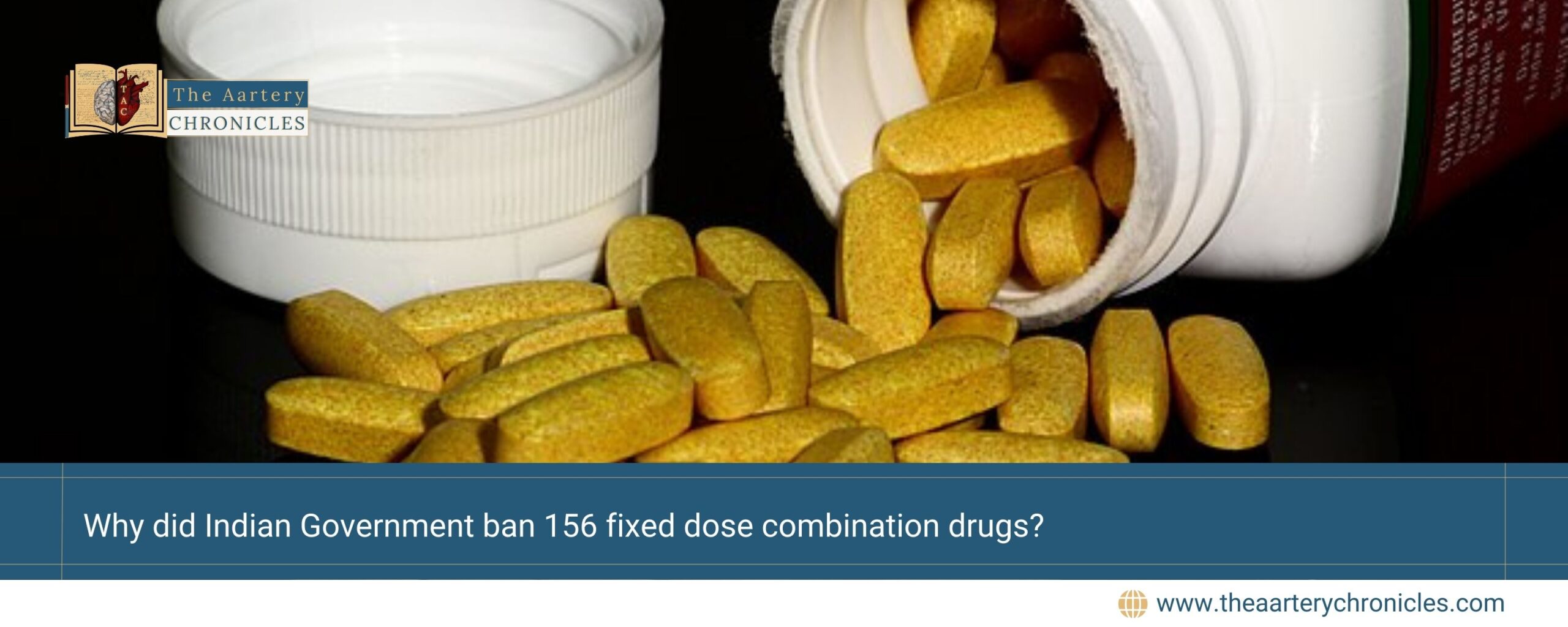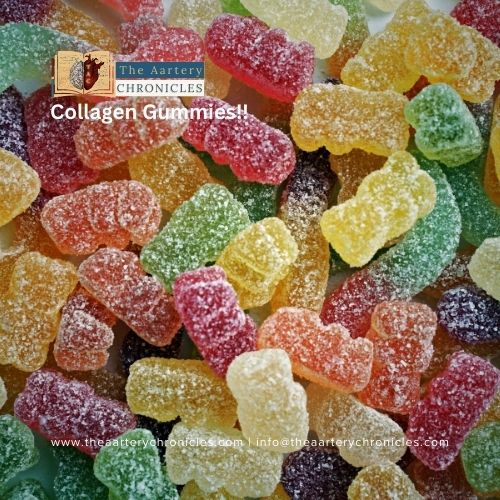
Why Did Indian Government Ban 156 Fixed-Dose Combination Drugs?
Introduction
The Indian government impose ban on additional fixed-dose combinations (FDCs), following its recent prohibition of 156 such drugs. These FDCs, which include commonly used antibiotics, painkillers, multivitamins, and other medications for conditions like fever and hypertension. This decision follows an extensive review by the Drugs Technical Advisory Board (DTAB) and an expert committee, which found that these drug combinations lack therapeutic value and may pose significant risks to human health.
What Are Fixed-Dose Combination Drugs?
Fixed-dose combination drugs, often referred to as “cocktail” drugs, contain two or more active pharmaceutical ingredients combined in a specific ratio within a single dosage form, such as a pill, capsule, or injection. While these combinations are intended to simplify treatment regimens by reducing the number of pills a patient needs to take, they also risk delivering unnecessary or incompatible ingredients.
Banned Drugs
Banned combinations are popular drugs like Aceclofenac + Paracetamol, commonly used for pain relief, and various anti-allergic combinations like Cetirizine + Paracetamol + Phenylephrine. The ban also affects drugs combining Tramadol (an opioid painkiller) with other substances, highlighting concerns over the misuse of opioid-based medications.
Reasons Behind the Ban Of Drugs
The central government invoked Section 26A of the Drugs and Cosmetics Act, of 1940, to enforce the ban. This section permits the government to prohibit the manufacture, sale, and distribution of drugs deemed harmful or unnecessary. The DTAB emphasized that no amount of regulation or restriction could justify the use of these FDCs, leading to their complete prohibition in the interest of public health.
The notification from the Union Health Ministry stated that the FDCs were deemed “irrational” by the expert committee, with no therapeutic justification for their ingredients. As a result, the government determined that these drugs posed an unacceptable risk to human beings and needed to be banned entirely.
Potential Impact on Drugmakers
This ban follows a similar move in 2016 when the government banned 344 FDC drugs after an expert panel found them lacking scientific justification. Many recently forbidden drugs were part of the original list from 2016, with some products already discontinued by manufacturers.
Historical Context
With around 16 more FDCs currently under review, the pharmaceutical industry could face further setbacks if additional bans are enacted. These reviews are part of ongoing efforts to regulate the market and remove unsafe or unjustified drug combinations.
Conclusion
The government’s decision to ban these 156 FDC drugs underscores its commitment to safeguarding public health by ensuring that only scientifically justified and safe medications are available in the market. This action also highlights the ongoing efforts to regulate the approval and sale of drug combinations in India, particularly those that may pose risks to consumers.
Source: Inputs from various media Sources










